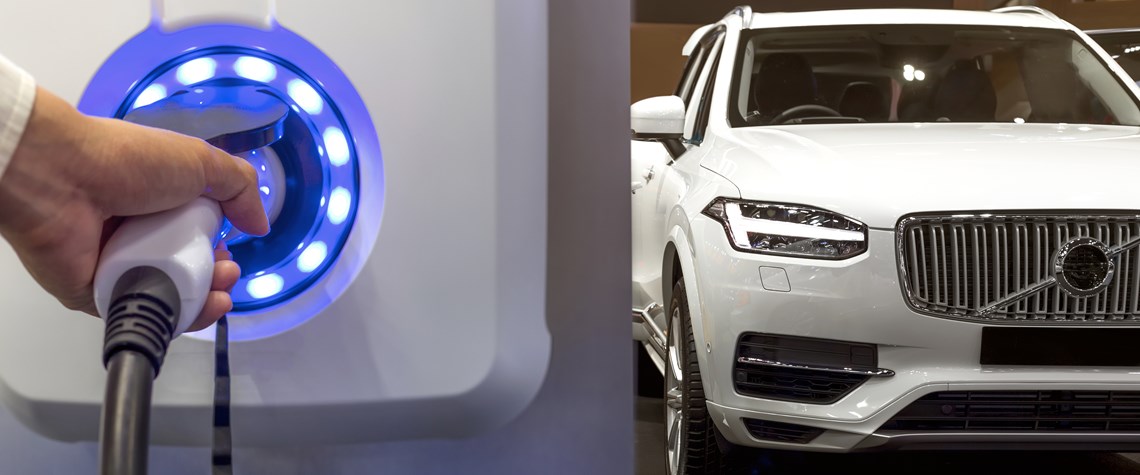Technology key to meeting Paris Agreement
Electrification and changes to the energy mix, if supported by governments, would mean climate goal is within reach—DNV GL
Existing technology would be enough to contain global warming to the COP21 pledge of 1.5°C but only if the energy transition is backed by strong enforcement of policies set out in the Paris Agreement, according to standards agency DNV GL at its annual Energy Transition Outlook event. Crucially, it also predicts that the transition would be affordable. DNV GL predicts that energy use will peak by 2030, when efficiency improvements start to outpace economic growth. However, although it foresees a rapid energy transition—with a doubling of electricity in the demand mix by 2050 and a steep decline in oil from 2030—it does not expect emissions to fall fast enough to limit warming to 2°C. The fore

Also in this section
12 December 2025
The latest edition of our annual Outlook publication, titled 'The shape of energy to come: Creating unique pathways and managing shifting alliances', is available now
12 December 2025
The federal government is working with Alberta to improve the country’s access to Asian markets and reduce dependence on the US, but there are challenges to their plans
11 December 2025
The removal of the ban on oil and gas exploration and an overhaul of the system sends all the right messages for energy security, affordability and sustainability
10 December 2025
The economic and environmental cost of the seven-year exploration ban will be felt long after its removal







